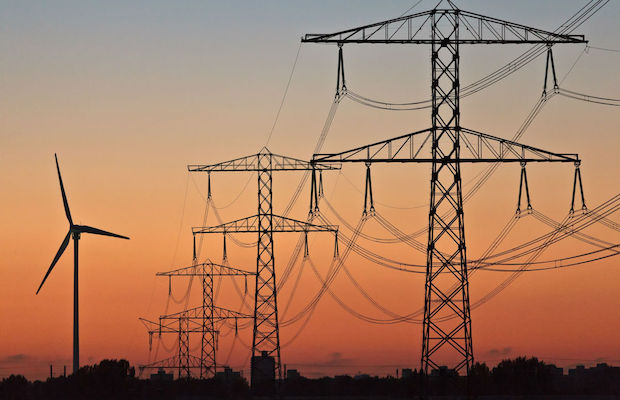

The COVID-19 pandemic has set in motion the largest drop in global energy investments in history, with spending expected to plunge in every major sector this year – from fossil fuels to renewables and efficiency – the International Energy Agency (IEA) has highlighted in its new ‘World Energy Investment 2020’ report.
“The unparalleled decline is staggering in both its scale and swiftness, with serious potential implications for energy security and clean energy transitions. At the start of 2020, global energy investment was on track for growth of around 2 percent, which would have been the largest annual rise in spending in six years,” the report added. “But after the COVID-19 crisis brought large swathes of the world economy to a standstill in a matter of months, global investment is now expected to plummet by 20 percent, or almost USD 400 billion, compared with last year.”
“The historic plunge in global energy investment is deeply troubling for many reasons,” said Dr. Fatih Birol, the IEA’s Executive Director. “It means lost jobs and economic opportunities today, as well as lost energy supply that we might well need tomorrow once the economy recovers. The slowdown in spending on key clean energy technologies also risks undermining the much-needed transition to more resilient and sustainable energy systems.”
A combination of falling demand, lower prices, and a rise in cases of non-payment of bills means that energy revenues going to governments and industry are set to fall by well over USD 1 trillion in 2020, according to the report. Oil accounts for most of this decline as, for the first time, global consumer spending on oil is set to fall below the amount spent on electricity.
Companies with weakened balance sheets and more uncertain demand outlooks are cutting back on investment while projects are also being hampered by lockdowns and disrupted supply chains. In the longer-term, a post-crisis legacy of higher debt will present lasting risks to investment. This could be particularly detrimental to the outlook in some developing countries, where financing options and the range of investors can be more limited. New analysis in this year’s report highlights that state-owned enterprises account for well over half of energy investments in developing economies.
As per the report, the power sector spending is on course to decrease by 10 percent in 2020, with worrying signals for the development of more secure and sustainable power systems. Renewables investment has been more resilient during the crisis than fossil fuels, but spending on rooftop solar installations by households and businesses has been strongly affected and final investment decisions in the first quarter of 2020 for new utility-scale wind and solar projects fell back to the levels of three years ago. An expected 9 percent decline in investment in electricity networks this year compounds a large fall in 2019, and spending on important sources of power system flexibility has also stalled, with investment in natural gas plants stagnating and spending on battery storage levelling off.
Energy efficiency, another central pillar of clean energy transitions, is suffering too. Estimated investment in efficiency and end-use applications is set to fall by an estimated 10-15 percent as vehicle sales and construction activity weaken and spending on more efficient appliances and equipment is dialled back.
The overall share of global energy spending that goes to clean energy technologies – including renewables, efficiency, nuclear and carbon capture, utilisation and storage – has been stuck at around one-third in recent years. In 2020, it will jump towards 40 percent, but only because fossil fuels are taking such a heavy hit. In absolute terms, it remains far below the levels that would be required to accelerate energy transitions.
“The crisis has brought lower emissions but for all the wrong reasons. If we are to achieve a lasting reduction in global emissions, then we will need to see a rapid increase in clean energy investment,” said Dr. Birol. “The response of policy makers – and the extent to which energy and sustainability concerns are integrated into their recovery strategies – will be critical.”
Source: saurenergy.com
India’s ethanol initiative has helped India save Rs. 1,26,210 crore in foreign exchange by reducing…
Noida-based green energy leader NexGen Energia Ltd has secured a $1 billion equity investment commitment…
As Odisha takes firm steps toward a just transition from fossil fuels to renewable energy,…
Bio-Integrated cladding for greener cities, an innovative solution by a 29-year-old Indian architect, has won…
In a novel move, Farmwatt Innovation has launched a long-term training and capacity-building initiative focused…
State owned Bharat Petroleum Corporation Ltd (BPCL) has joined hands with GPS Renewables Pvt Ltd…